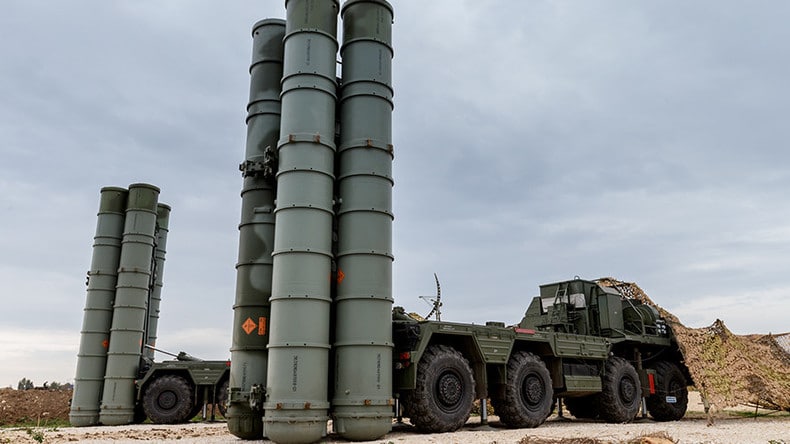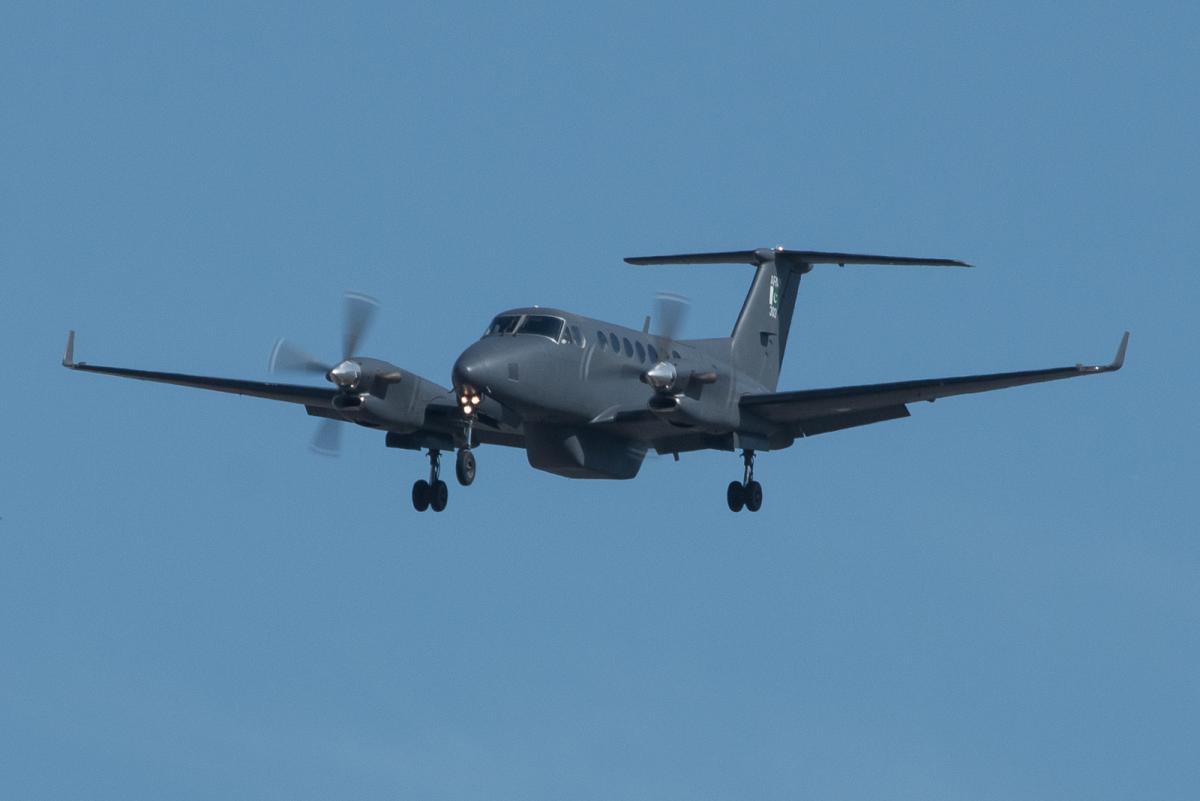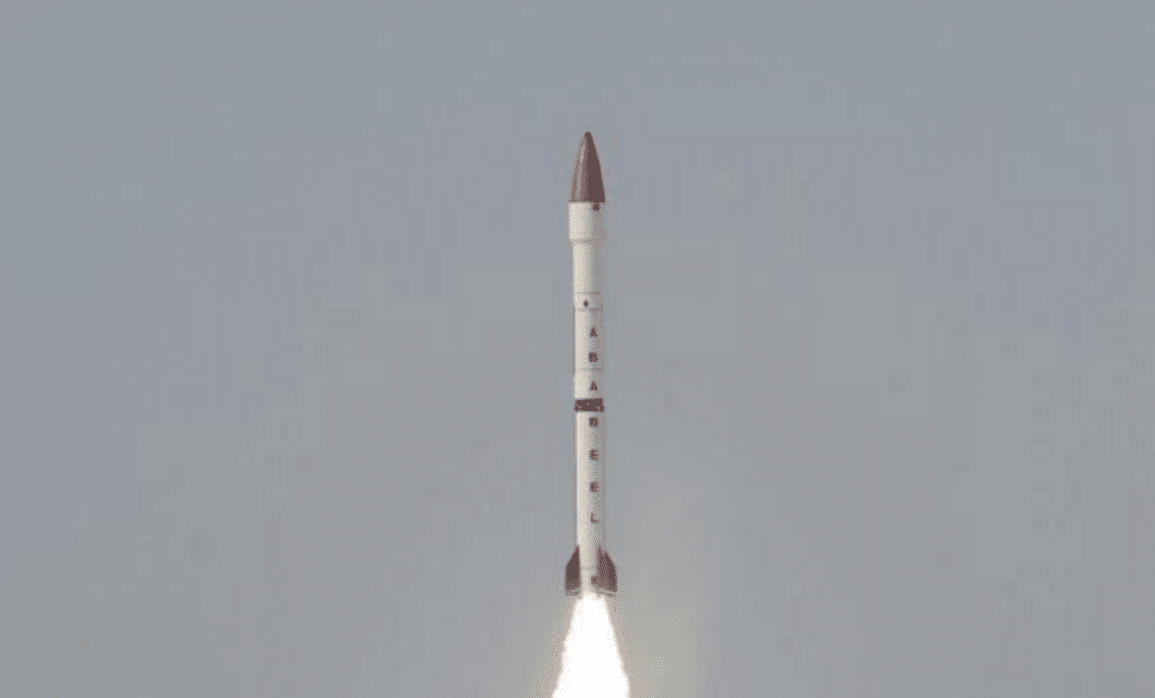2211Views 13Comments

Saudi Arabia’s S-400 talks progress, but questions remain
In an interview with Kommersant, Russia’s Presidential Aide for Military-Technical Cooperation (MTC) said that negotiations with Saudi Arabia for the sale of Almaz-Antey S-400 air defence systems are progressing, but Riyadh’s near-term outlook for transfer-of-technology (ToT) has complicated the matter.
“With Saudi Arabia, negotiations were difficult, but the documents were signed, their parameters are known. I can not say that everything is smooth in our country … [Saudi Arabia] insists on a sudden breakthrough, implying both supplies and technology transfer,” said Presidential Aide Vladimir Kozhin.
Kozhin acknowledged that in Riyadh’s case, Moscow was willing to extend ToT for the S-400 (though it is unclear what this could entail), but Moscow prefers moving gradually, to reduce risk and complications.
“First, the supply of finished weapons, mastering and understanding it, familiarizing our specialists with the capabilities of the opposite side. This is a complex chain, so we tell the partners that we should not hurry,” said Kozhin.
Saudi Arabia is reportedly aiming to localize the sustainment/support of the S-400 through Saudi Arabia Military Industries (SAMI), a state-owned industry established in May 2017 with the aim of spearheading the country’s defence industry growth as part of Riyadh’s Vision 2030.
Under Vision 2030, Saudi Arabia aims to localize 50% of its defence procurement. Thus far, the contracts ostensibly supporting this goal involve co-production and commercial offsets. However, Saudi Arabia has also begun partnerships, namely with Ukraine through the latter’s An-132D transport aircraft platform.
Negotiations between Saudi Arabia and Russia for the S-400 began in October following a memorandum-of-understanding (MoU) that could see the sale – with local manufacturing – of TOS-1A multiple rocket launch systems, AGS-30 automatic grenade launcher and Kornet-EM anti-tank guided-missiles.
Kozhin confirmed that negotiations regarding ToT of Russian small-arms for manufacturing in Saudi Arabia are also ongoing. Like the S-400, Kozhin hopes that these contracts will be inked in the “very near future.”



13 Comments
by MOHAMMAD HARIS FAHIM
I want ask one question that if Pakistan can afford 5 billion worth of submarines and 1.3 billion worth of rifles and 3 billion worth of 30 helicopters then why don’t we invest in 2 billion worth of state of the art air defence i.e s-400 which has recently defeated a seemingly undefeatable Israeli air force?
by Bilal Khan
1. The Chinese submarines probably didn’t cost $4-5 billion. That figure came from the Financial Times quoting a researcher in Pakistan, but it has not been linked to any official in the Pakistan Navy or CSIC (the OEM). Based on the Thai contract, the Pakistani submarine deal is probably worth $2.8 to $3.2 billion US, tops.
2. No order has been made yet for rifles.
3. If you’re referring to the 30 T129 being negotiated from Turkey, it’s not worth $3 billion, but $1.5 billion.
That said, in each of those cases Pakistan is also relying on loans from the seller to back the deal, enabling Pakistan to pay through installments. Although Russia can offer such support, it probably chooses to withhold it from Pakistan out of concern of its other commercial interests with India, which has been – and will continue to be – a substantially larger buyer.
by Qasim57
Do you think those reasons (Russia’s interest in India’s much-larger market) perpetually keep Pakistan away from goodies like the S-400?
Wouldn’t this reason still hold, even if we got our house in order and didn’t need loans?
by Bilal Khan
Absolutely it’d hold. But hard cold cash can earn other leverage, such as Russian technical cooperation (akin to what South Korea got some years ago).
by Shershahsuri
KSA has intention to induct both THAAD and SR.400, another luxury of Shiekhs. Pakistan has no long range Air Defence System in the inventory yet. It will have to go for HQ 16. Thats the only option available. Or for Turkish HISAR. Pakistan needs a multi layer Air Defense comprising Static, mobile and MANPADS,
by MOHAMMAD HARIS FAHIM
Plz Quwa prepare an article on strategic importance of various air defence like VSHORAD, SHORAD, medium SAM, long range SAMs and which systems Pakistan has or is planning to acquire in near future. Because in my amateurish opinion, in absence of affordable 4+ gen fighters only a state of the art air defence is what matters.
by TZK
From Indian perspective it makes sense to diversify arms purchases especially as it sees China and Russia alliance as a potential issue for long term reliability of Russia. Pak should take this opportunity to obtain whatever system will add value and buy from Russia but is unable to do so for to monetary constraints. Had they the means s400 would have been ideal purchase.
by sami shahid
I guess Russia would never transfer the technology of S-400 to Saudi Arabia but Saudi Arabia should still buy S-400 to give a heart attack to the United States of Snakes.
by bill
Pakistan in my humble thinking has one quite in range LRSAM option and that’s HQ9 or it’s variant, if want to go cheaper then S300 with little tweaking may be available from former Russian estates.
by Shershahsuri
Thanks. I really meant HQ 9 but wrongly wrote HQ 16.
by Critical Thinker
The S300 version that Pakistan should look at are the S-300VM “Antey-2500”. This system has the capability to intercept aerodynamic targets upto ranges of 200km (aircrafts and cruise missiles) and also has the capability to intercept short and medium range ballistic missiles. Considering India has short, medium and long range ballistic missiles in its inventory it will not guarantee but provide some level of protection against Indian short and medium range ballistic missiles.
http://www.almaz-antey.ru/en/osnovnaya-produktsiya-voennogo-naznacheniya/zrs-s-300vm-antey-2500/
News reports indicated Iran was considering buying 4 of these systems for $900 million. Considering the price from this deal, the system seems affordable for Pakistan as well.
http://freebeacon.com/national-security/iran-to-buy-s-300-missile-systems-from-russia-for-900-million/
by Shreyansh Rattra
Friend, I guess that States has a lot on its cards and in this region after Pakistan surely its Saudi,the Saudis are no fools,they are sucking the best from everywhere.
https://en.wikipedia.org/wiki/2017_United_States%E2%80%93Saudi_Arabia_arms_deal
by Joseph
This is really something, it is probably the biggest arms deal in history. But it seems mostly THAAD, black hawk & chinook helicopters (to be built locally in KSA), combat ships, maritime surveillance aircraft, etc.
But no F-35, nothing that can be called a game changer. Maybe it is just a wholesale upgrade of all Saudi military hardware, filling all the gaps sort of thing.
That is probably why Israel is only “concerned”.